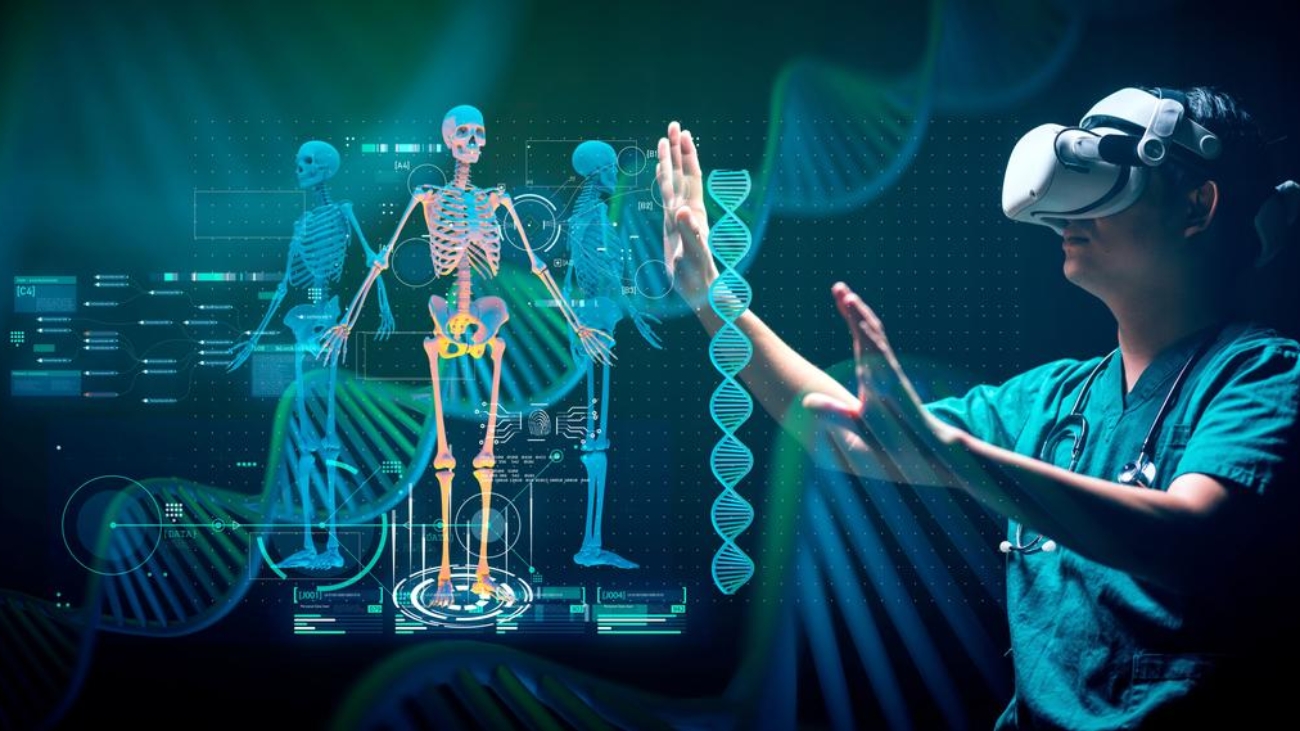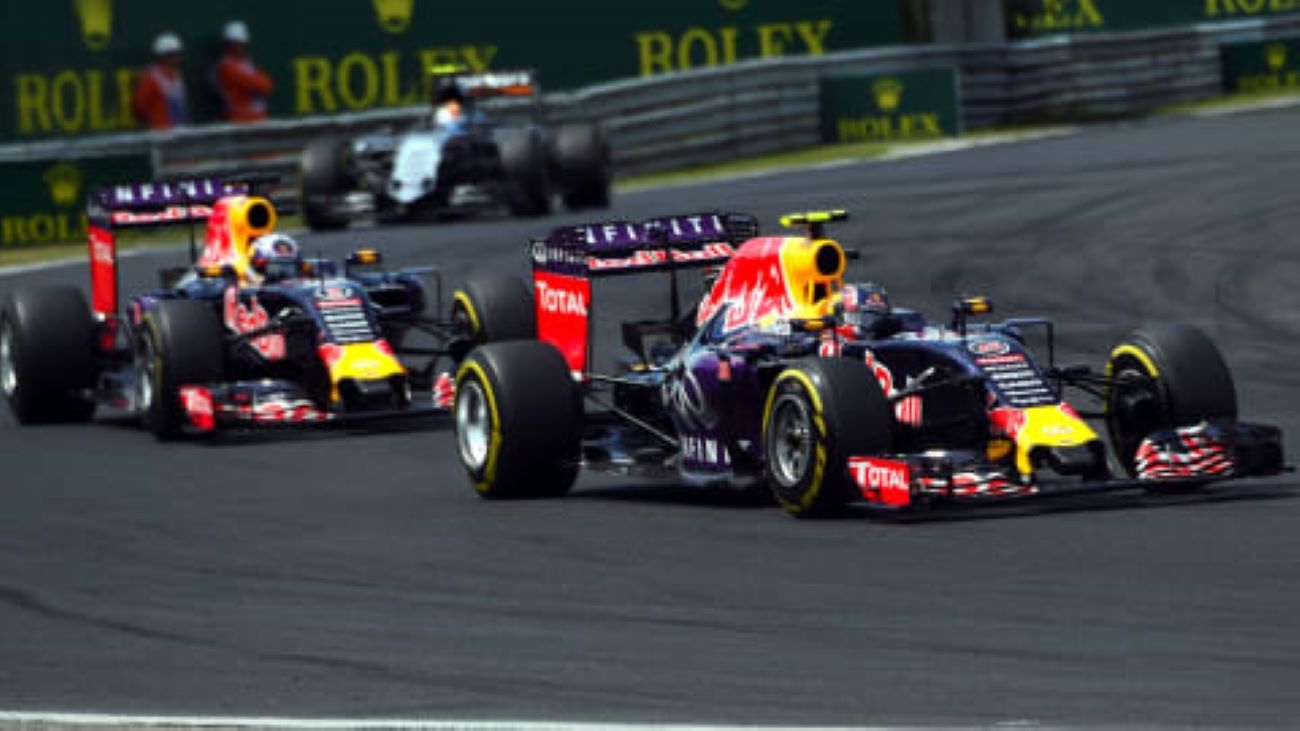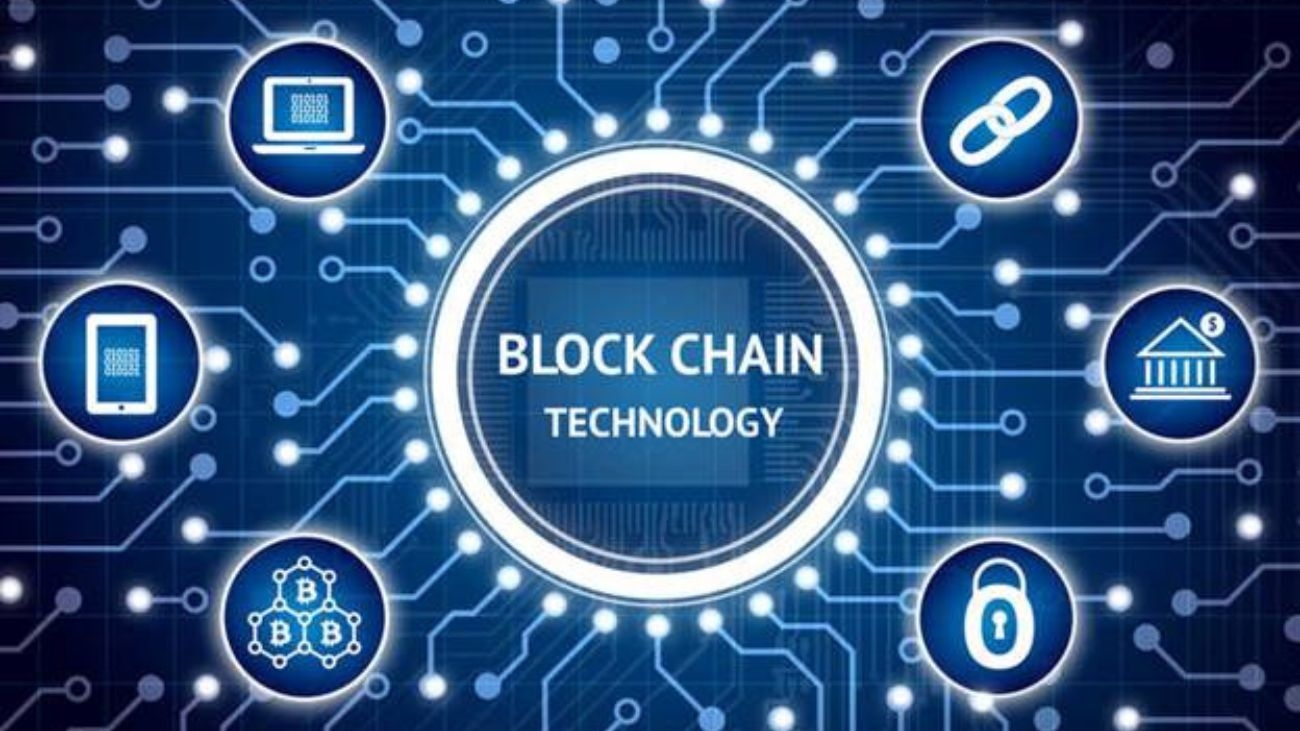Fashion is more than just clothing; it is a form of art and self-expression that has the power to transcend time and culture. Behind the ever-evolving landscape of fashion, there are visionary individuals who have left an indelible mark on the industry and shaped the way we perceive and engage with style. These are the fashion icons, influential personalities who have redefined fashion, challenged norms, and set trends that continue to inspire generations.
The Legendary Icons & Fashion Icons
Coco Chanel: Undoubtedly one of the most iconic figures in fashion history, Coco Chanel revolutionized women’s clothing by introducing comfortable, elegant designs. Her innovative ideas, including the iconic little black dress, the Chanel suit, and the use of jersey fabric, broke traditional barriers and liberated women from the confines of corsets and ornate fashion.
Christian Dior: The epitome of post-war glamour, Christian Dior reshaped the fashion landscape with his “New Look” in the late 1940s. His cinched waists, full skirts, and luxurious fabrics marked a return to opulence and femininity. Redefining women’s fashion after years of austerity during World War II.
Yves Saint Laurent: Yves Saint Laurent was a trailblazer in introducing ready-to-wear collections, democratizing fashion and making it accessible to a broader audience. He is credited with popularizing the tuxedo suit for women and incorporating non-European influences, such as African and Asian aesthetics, into high fashion.
Modern-Day Influencers & Fashion Icons
Rihanna: Beyond her music career, Rihanna has made a significant impact on the fashion industry. Her Fenty Beauty makeup line championed inclusivity with an extensive range of shades. Her Fenty x Puma collaboration disrupted traditional sportswear aesthetics with bold designs and edgy street style.
Virgil Abloh: As the founder of Off-White and the artistic director of Louis Vuitton’s menswear, Virgil Abloh has become a driving force in contemporary fashion. His designs blend streetwear and luxury, appealing to a new generation of fashion enthusiasts.
Gigi Hadid: As a supermodel and influencer, Gigi Hadid has become a prominent figure in shaping fashion trends. Her effortless style and collaborations with leading designers have solidified her place as a fashion icon for the millennial and Gen Z generations.
Championing Diversity and Inclusivity
Fashion icons today not only influence style but also advocate for social change. In recent years, there has been a growing emphasis on diversity and inclusivity in the fashion industry. Pioneers like Naomi Campbell and Adwoa Aboah have been vocal about the importance of representation. Challenging the industry to embrace models of different ethnicities, body types, and backgrounds.
Fashion’s Impact on Society
Fashion icons wield considerable influence over not just what we wear, but also how we perceive beauty and self-expression. They push boundaries, challenge societal norms, and use fashion as a medium for social and political statements. From advocating for sustainability to supporting charitable causes, fashion icons have leveraged their platforms to make a positive impact on society.
The Power of Social Media
In the digital age, social media platforms have transformed the way fashion is consumed and shared. Fashion influencers and bloggers have emerged as modern-day fashion icons. Utilizing their online presence to curate and promote styles that resonate with millions of followers worldwide.
Beyond Gender Norms
Fashion icons have played a pivotal role in breaking gender norms and encouraging gender fluidity in fashion. Designers like Alessandro Michele of Gucci and Jonathan Anderson of Loewe have blurred the lines between menswear and womenswear. Introducing collections that celebrate individuality and self-expression.
Fashion Icons as Entrepreneurs:
Many fashion icons have expanded their influence by becoming successful entrepreneurs. Victoria Beckham, for instance, transitioned from being a Spice Girl to establishing her eponymous fashion label. Her brand is now celebrated for its chic and sophisticated designs, gaining recognition in the competitive world of luxury fashion.
Conclusion:
Fashion icons are more than just trendsetters. They are cultural phenomena, shaping the way we dress, express ourselves, and view the world around us. From the legendary visionaries of the past to the modern-day influencers, their impact on the fashion industry and society as a whole is undeniable. These icons have left an enduring legacy. Transforming fashion from a mere industry into an art form that celebrates diversity, inclusivity, and self-expression. As fashion continues to evolve, we look to these trailblazers to guide us in embracing change. Breaking boundaries and finding our own unique style in this ever-evolving world of fashion. In the ever-evolving world of Fashion at FinBiz Tech., stands as a testament to creativity, innovation, and style. As we conclude this inspiring journey, we invite you to continue embracing the limitless possibilities of self-expression and sartorial excellence. Stay chic, stay iconic!












